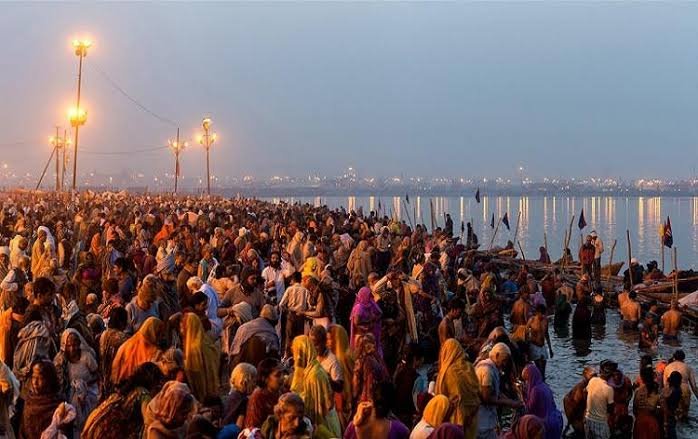Thaipusam Festival is a well-known festival of cultural celebrations among Tamil people worldwide, not just in India. The devotees pay homage to Lord Kartikeya, also known as Lord Murugan, on Thaipusam. During the Thai month, this festival typically occurs on the full moon day; a time when the sky is dominated by the Pushya (Pusam) Nakshatra.
When is Thaipusam celebrated?
The Thaipusam Festival, also known as Thaipooyam or Thaipoosam, will be observed between January and February, according to the Tithi (date) of the traditional Hindu calendar. It would not be wrong to include it on the list of the best festivals in Tamil Nadu due to the mythological and traditional significance it carries. Palani Arulmigu Dhandayuthapani Temple hosts this festival. Bramhotsav is another name for this festival, which lasts for ten days.
THAIPUSAM’S HISTORY
Thaipusam is a grand, colorful festival held to commemorate Lord Murugan’s victory over evil. The reason for this day’s significance is a fascinating tale. Soorapadman was an Asura, according to the Hindu mythological book Skanda Purana. Even with the combined efforts of all the devas, he gained such strength that they were unable to defeat him. They made a desperate attempt to save the universe and sought Lord Shiva’s assistance, who used his divine powers to give birth to Lord Murugan.
Lord Murugan’s mother, Parvathi, gave her son a Vel, a divine spear that could defeat evil. Soorapadman was defeated by Lord Murugan, who went to the battlefield and fought him with his Vel. He then rode a peacock and appeared to his followers. As a result, the devas brought about world peace by killing the Asura. Thaipusam was the first name given to this day by devotees.
Thaipusam preparations begin weeks or even months in advance. About a week before the festival, devotees fast and pray a lot to prepare their minds and bodies. The devotees would perform various acts of penance on Thaipusam, such as carrying a “kavadi,” or burden. Walking through burning coal, piercing skewers through the tongues, cheeks, and bodies of kavadi bearers, and other extreme acts of gratitude to Lord Murugan are examples. These devotional activities are viewed as a means by which devotees can purify themselves of their sins. They also believe that they will live a happy, prosperous, and healthy life.
Meaning of Thai Poosam or Thaipusam On this day, Mother Goddess Parvati gave him this divine weapon to safeguard the world. Lord Muruga used a symbol of light and wisdom called the “Vel” to get rid of all the bad guys and get the universe back to being peaceful and in balance. The evil forces that were afflicting humans and all of the sages in Trilok, or three different universes, were defeated by Lord Muruga. The ego, attachment, and hatred that plague humans are compared to the three Asuras.
Benefits of Thai Poosam and Thaipusam celebrations:
Muruga showers people with divine grace to assist them in overcoming challenges.
- This is a day of insight and wisdom. This day is observed as a day of prayer for intelligence and knowledge. In this day and age, knowledge and education are a great way to rise to great prominence and fame.
- The divine “Vel” is a powerful amulet. They receive tremendous protection against destruction and evil by opening to Lord Muruga’s Vel. Lord does a great job of eradicating negative spirits, allowing people to become more open-minded and consider everyone as part of their family.
- It brings tranquility and peace to life. Those who struggle with relationships with family members will be able to overcome these obstacles. They are assisted in reuniting with the family by Lord Muruga.


